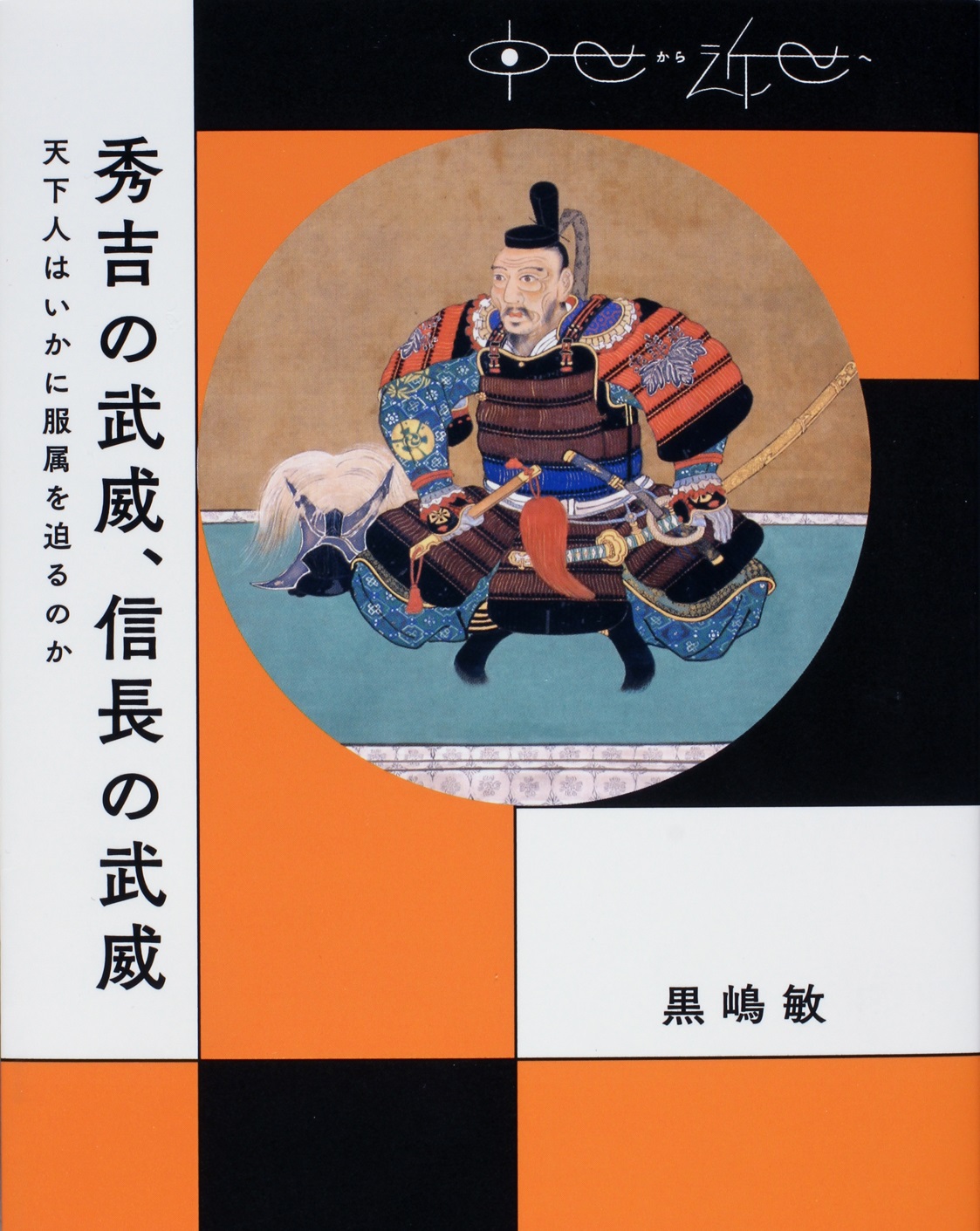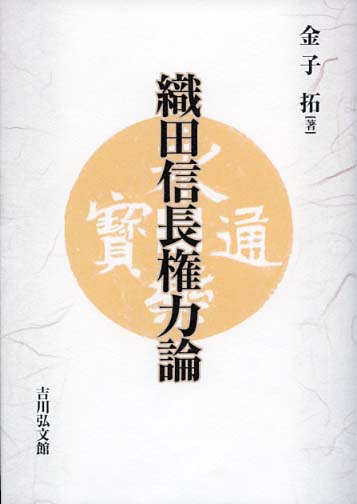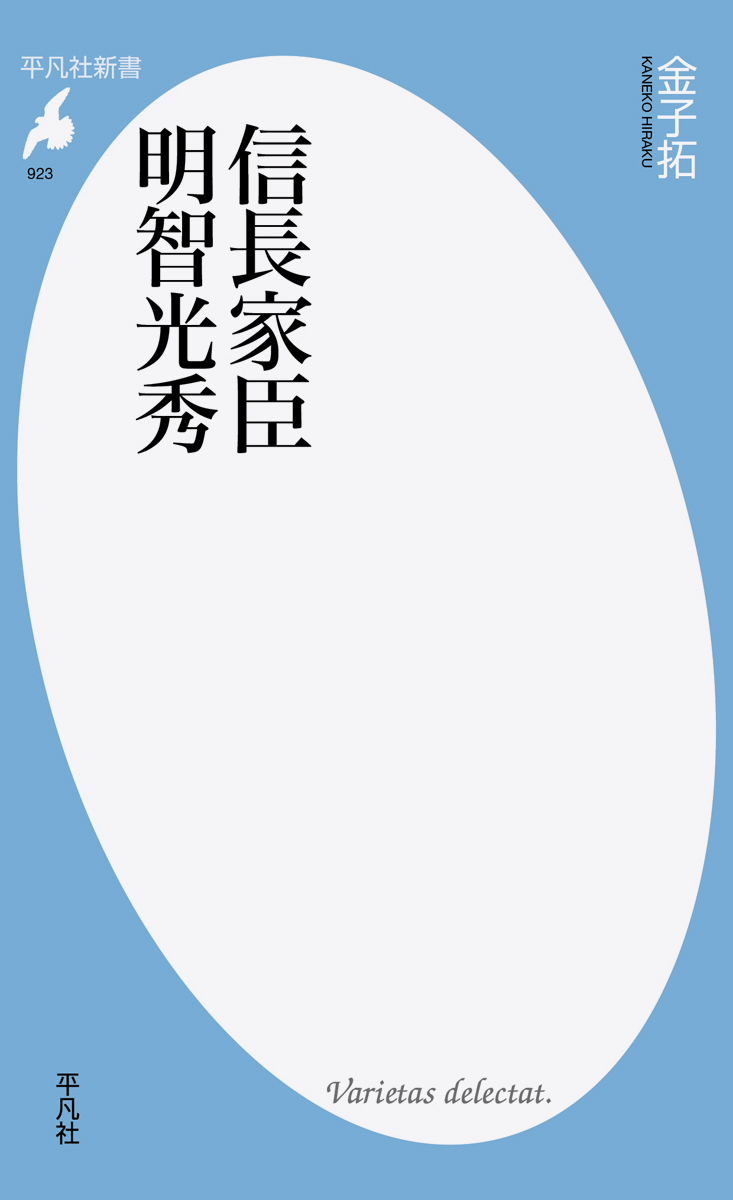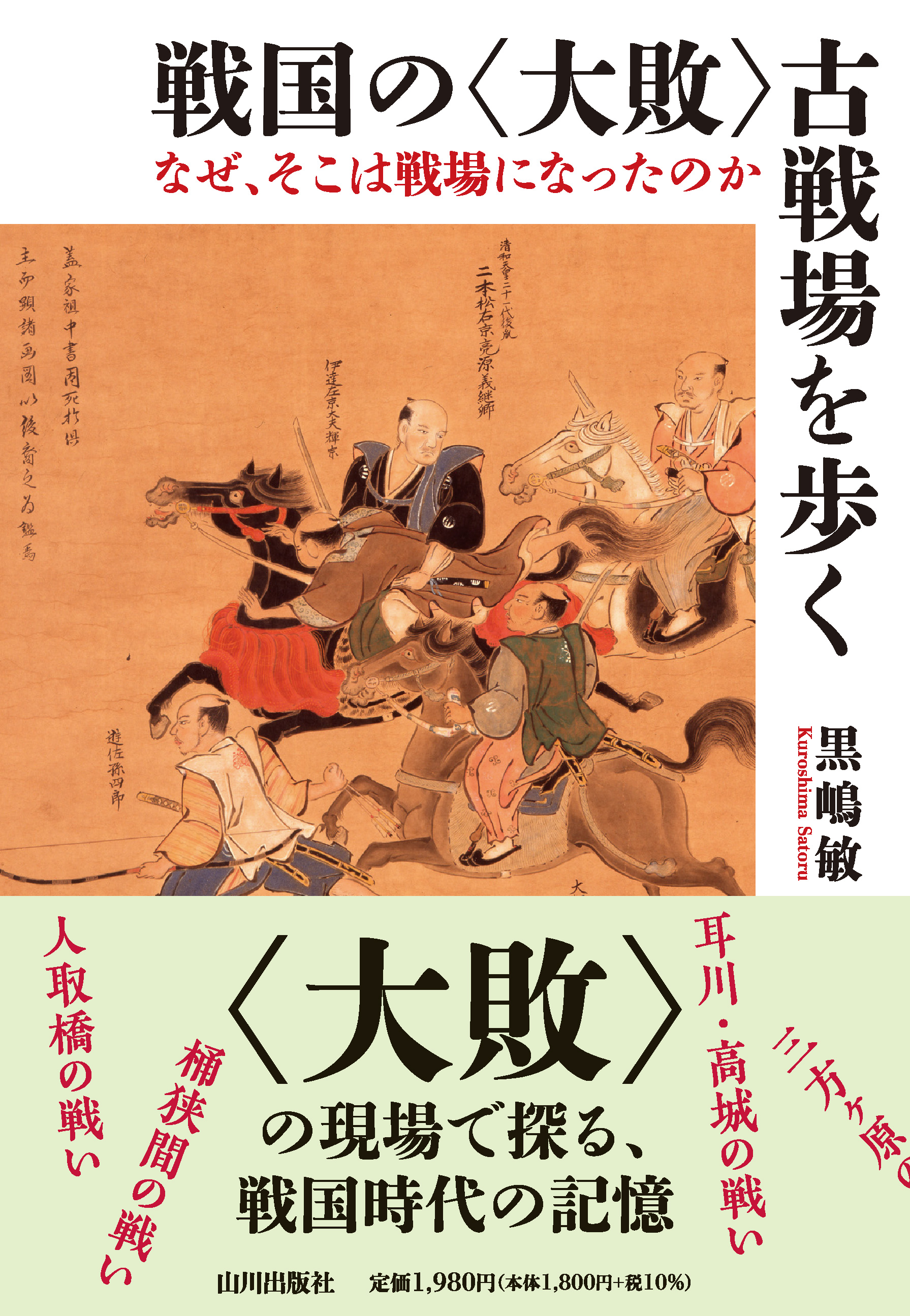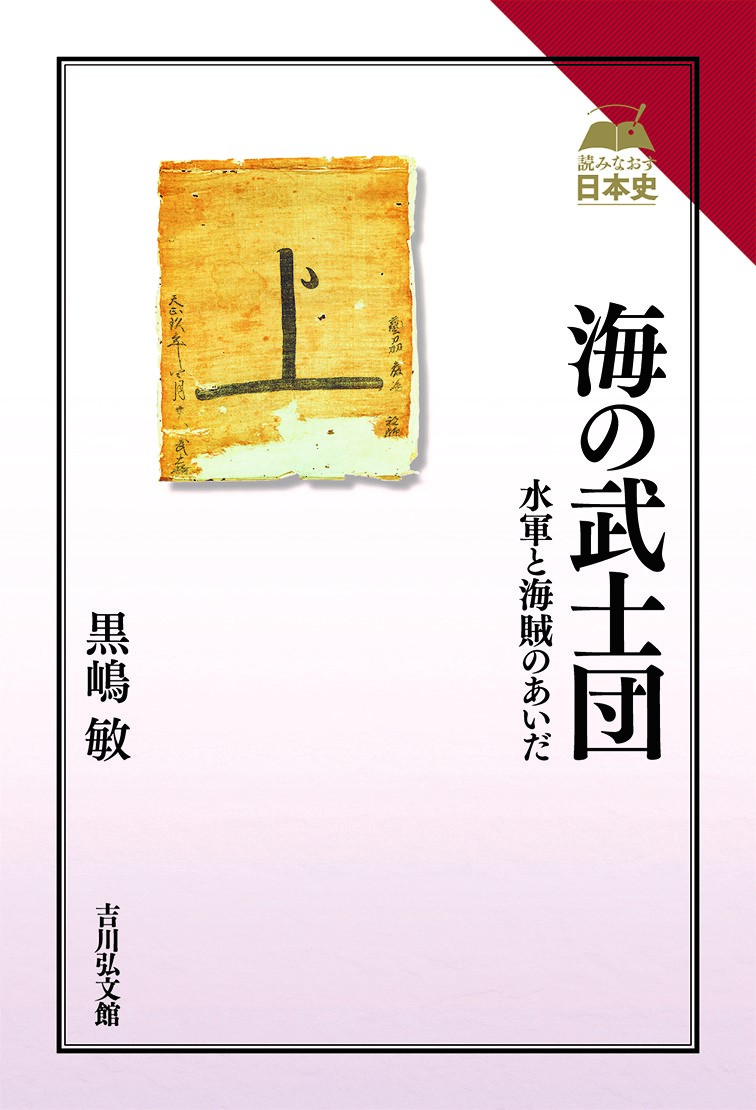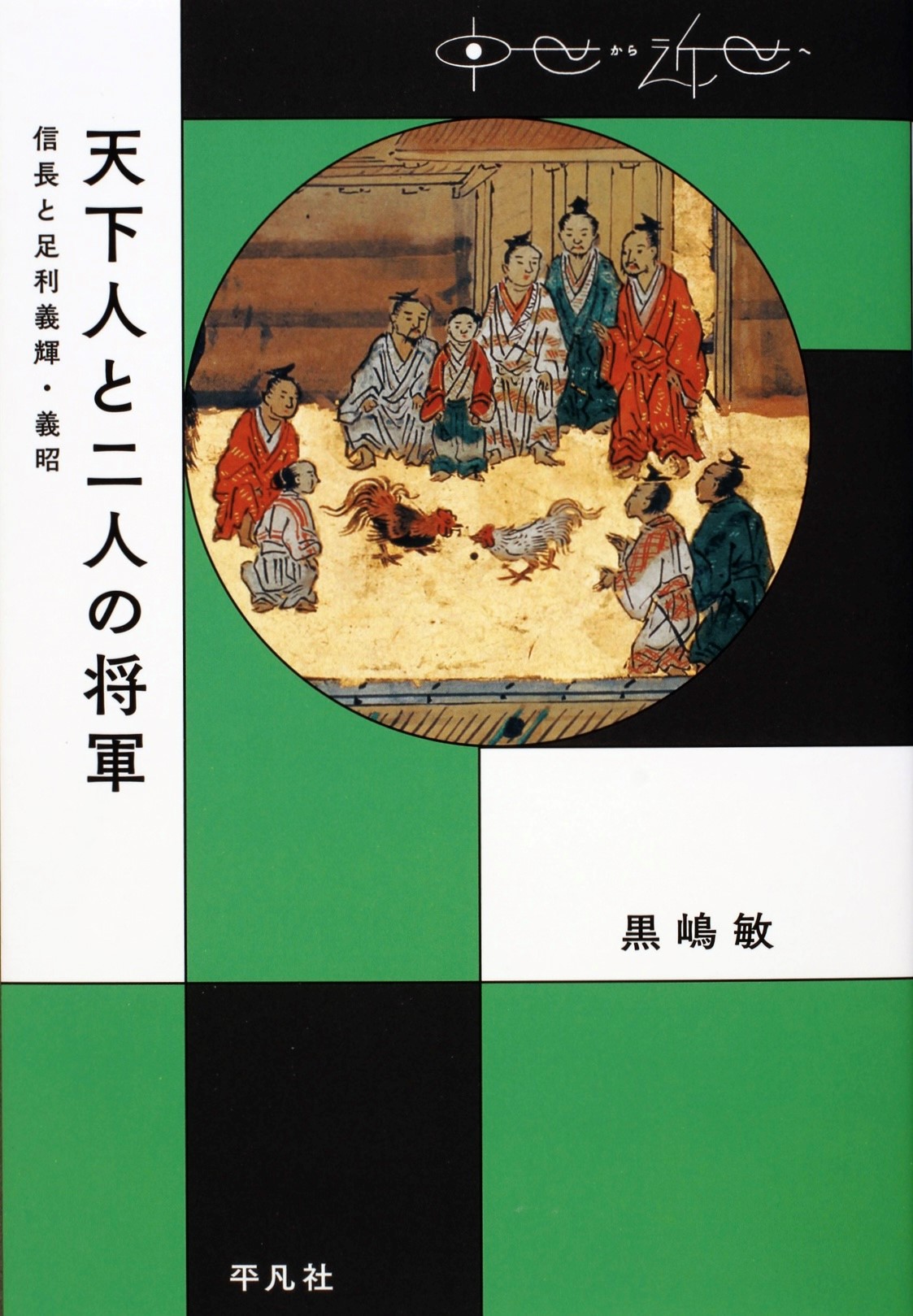
Title
From the Medieval Period to the Early Modern Period Tenka-bito to Futari no Shogun (A Hegemon and Two Shoguns - Oda Nobunaga, Ashikaga Yoshiteru, and Ashikaga Yoshiaki)
Size
256 pages, 127x188mm
Language
Japanese
Released
May, 2020
ISBN
9784582477481
Published by
Heibonsha
Book Info
See Book Availability at Library
Japanese Page
It is considered that in the sixteenth century, a period of continual upheaval characteristic of the Sengoku period, a “hegemon” with aspirations to unify the country in these turbulent times made a dashing appearance and had a great impact on the times. This “hegemon,” who seized control of Japan’s capital Kyoto and the surrounding region, made the Sengoku daimyō in the provinces submit to him or else subjugated them by military force and so extended his own sphere of influence. This “hegemon” was none other than Oda Nobunaga.
Accounts of the political history of this period often begin in 1568, when Oda Nobunaga entered Kyoto. But when this hegemon with a striking personality is made to play the leading role in such accounts, the political machinery of the earlier Muromachi shogunate recedes into the background as something antiquated and dysfunctional and successive Ashikaga shoguns also tend to be regarded as shadowy, powerless men. However, in recent years research has been accumulating on the political history of the Muromachi shogunate during the Sengoku period, and the individuality of each shogun has become clearer. For example, Ashikaga Yoshiaki, the last shogun of the Muromachi shogunate, is well known for having been installed by Nobunaga, but it has become evident that his political style was quite different from that of his older brother Ashikaga Yoshiteru, the thirteenth shogun. This book reconsiders the emergence of Oda Nobunaga from the perspective of the Ashikaga shoguns.
Yoshiteru had trouble gaining control of Kyoto and the surrounding region, but he in fact found a way to regain power through his relationships with daimyō in distant regions. Making use of the transcendental position possessed by only the shogun, he intervened in disputes between daimyō and, eliciting their support through skilful diplomacy, built in Kyoto a castle equipped with advanced military installations, unlike the shogunal residence that had until then served as the political centre of the Muromachi shogunate. Yoshiteru’s political management evolved in such a way that the area around the capital and the surrounding provinces were organically interconnected.
However, Yoshiteru was assassinated, and his younger brother Yoshiaki gained the position of shogun by joining forces with Nobunaga. In the politics of the Muromachi shogunate, which had continued for more than two hundred years, a newly inaugurated shogun had to act cautiously in his capacity as ruler, and this was expected of him by others, too. But Yoshiaki can hardly be said to have given due consideration to this. Furthermore, while appearing to have adopted the political style of his brother Yoshiteru, he did not understand the gravity of the post of shogun, and when intervening in disputes between daimyō, he gave priority to his own strategies. Errors gradually became apparent in Yoshiaki’s political management, and Nobunaga took advantage of these chinks to solidify his own political foundations. Eventually relations between the two men turned hostile, and although Yoshiaki, who as shogun ought to have remained neutral, threw himself into military action, in the end he was driven out of Kyoto.
Thus, when we turn our attention to the political styles of the two shoguns from the perspective of relations between the capital and the provinces, we find that there was an enormous gulf between them. We also realize that Nobunaga emerged into the political spotlight with superb timing.
(Written by KUROSHIMA Satoru, Associate Professor, Historiographical Institute / 2021)



 Find a book
Find a book


 eBook
eBook